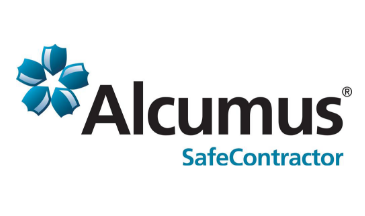A Seller’s Guide
Selling a home can be both exciting and stressful, especially when it comes to disclosing important information like the presence of asbestos. Asbestos is commonly used in homes built before 1978 and even in houses constructed until 1999, and it poses potential health risks if not managed properly. In this blog post, we’ll discuss the importance of being upfront with buyers when selling a home that contains asbestos and provide some tips for navigating this process smoothly.
Understanding the Importance of Disclosure
Firstly, it is crucial to understand why disclosing the presence of asbestos is an essential part of selling your home. Asbestos is now known to cause serious health issues, including lung cancer and mesothelioma, if its fibres are inhaled. For sellers, failing to disclose the presence of asbestos could jeopardise the health of potential buyers and lead to legal consequences.
Assessing the Situation
Before putting your house on the market, it’s wise to assess whether your home contains any asbestos-containing materials (ACMs) in the property. A qualified asbestos surveyor will be able to help identify any areas of concern and determine whether the asbestos poses a danger to health. Remember, not all older homes contain asbestos, but it is better to know for certain.
Disclosing Asbestos to Potential Buyers
Once you’ve identified the presence of asbestos in your home, it’s time to disclose this information to potential buyers. Most sellers use surveyors to assess their property’s value before listing, and a reputable agent should inquire about asbestos based on the property’s age and type. Since the repeal of the Property Misdescriptions Act in 2013, sellers are now legally obliged to disclose information when their property contains Asbestos.
Selling a Home with Asbestos in Good Condition
If the asbestos-containing materials in your home are in good condition, you’re still obligated to disclose this information to potential buyers. However, it’s ultimately up to buyers to decide whether they want to proceed with the purchase. Disclosing that your home has Asbestos early in the process can prevent frustrating delays or buyers pulling out of the process.
Dealing with Hazardous Asbestos
Depending on the severity of the asbestos problem, you may need to consider removing asbestos using an accredited asbestos removal company to ensure the safety of occupants. Transparency is key throughout this process, and sellers should work closely with buyers and relevant professionals to find a satisfactory solution.
Conclusion
Selling a home that contains asbestos requires careful consideration and transparency on the seller’s part. By disclosing the presence of asbestos to potential buyers and providing them with all relevant information, sellers can minimise legal risks and ensure a smoother transaction process. Whether the asbestos is in good condition or poses a hazard to health, honesty and proactive communication are essential for a successful home sale.
If you have any concerns about asbestos being present in your home, call us on 01603 251775.





